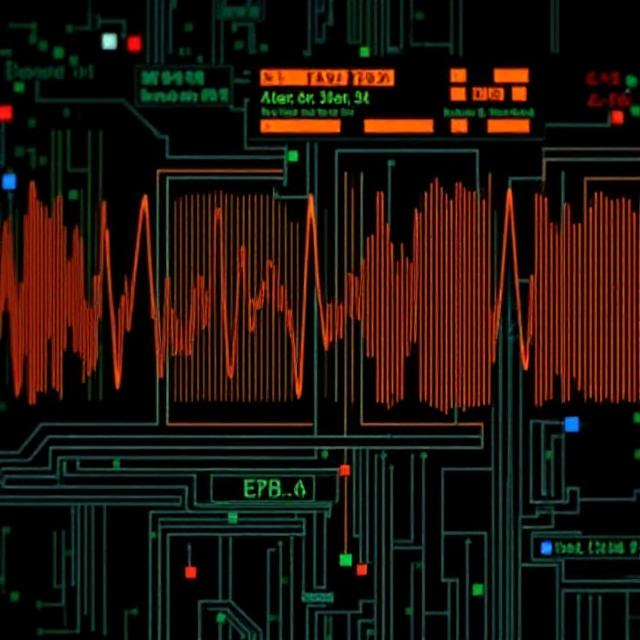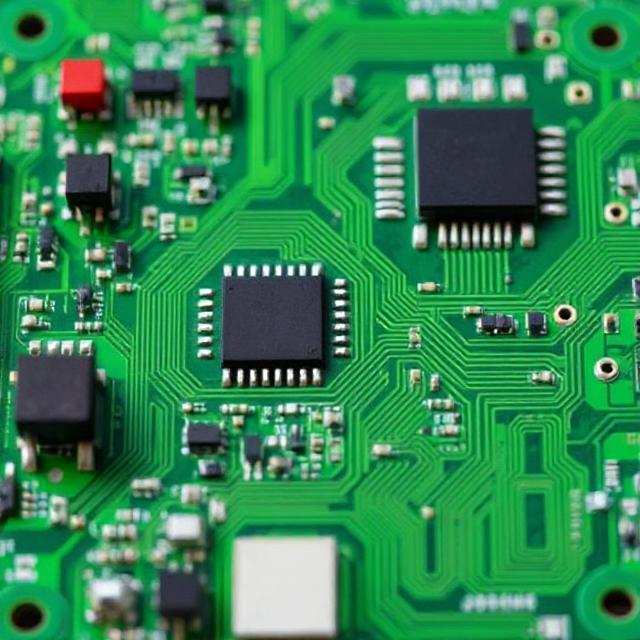What is Electromagnetic Spectrum?
The electromagnetic spectrum is the entire range of electromagnetic radiation, which includes all types of light or waves that carry energy. These waves vary in size and energy, and they travel through space at the speed of light.
Electromagnetic radiation can be thought of as “waves” that move through space. These waves are made up of electric and magnetic fields that oscillate or vibrate as the wave moves.

The electromagnetic spectrum is divided into different regions based on the wavelength (the distance between the peaks of the waves) and frequency (how fast the waves oscillate). The spectrum is arranged from longest wavelength/lowest frequency to shortest wavelength/highest frequency.
The Different Types of Electromagnetic Waves
- Radio Waves:
- Wavelength: Longest (from a few centimeters to thousands of kilometers).
- Frequency: Lowest.
- Example: AM and FM radio, TV signals, and mobile phones use radio waves to transmit signals.
- Applications:
- Broadcasting radio and television signals.
- Communication (e.g., mobile phones, Wi-Fi, satellite communication).
- Radar and navigation systems.
- Microwaves:
- Wavelength: Shorter than radio waves but longer than infrared.
- Frequency: Higher than radio waves.
- Example: Microwaves used in microwave ovens.
- Applications:
- Cooking (microwave ovens).
- Communication (e.g., Wi-Fi, Bluetooth).
- Satellite communication and GPS systems.
- Infrared (IR):
- Wavelength: Shorter than microwaves, but longer than visible light.
- Frequency: Higher than microwaves.
- Example: Heat you feel from a warm object (like a fireplace or the sun) is infrared radiation.
- Applications:
- Remote controls for TVs and other devices.
- Thermal cameras to detect heat (used in firefighting, medical fields, etc.).
- Night vision technology (e.g., for military or surveillance purposes).
- Visible Light:
- Wavelength: The small range of the spectrum that the human eye can see.
- Frequency: Higher than infrared.
- Example: All the colors you see around you (red, blue, green, etc.).
- Applications:
- Everyday vision (what we see).
- Lighting (sunlight, light bulbs).
- Photography, film, and displays (TVs, monitors).
- Ultraviolet (UV):
- Wavelength: Shorter than visible light, but longer than X-rays.
- Frequency: Higher than visible light.
- Example: UV light is what causes sunburns.
- Applications:
- Sterilization (e.g., UV lamps used to disinfect water, air, and surfaces).
- Fluorescent lights (which emit UV light that causes materials to glow).
- Medical applications (e.g., UV light to treat certain skin conditions).
- X-rays:
- Wavelength: Very short.
- Frequency: Very high.
- Example: X-rays used in medical imaging to look inside the body.
- Applications:
- Medical imaging (e.g., for checking bones, teeth, and organs).
- Security (e.g., airport scanners for luggage).
- Cancer treatment (radiation therapy).
- Gamma Rays:
- Wavelength: The shortest.
- Frequency: The highest.
- Example: Gamma rays are produced by radioactive materials and cosmic sources like stars.
- Applications:
- Cancer treatment (high doses of gamma radiation are used to target and kill cancer cells).
- Medical imaging (PET scans use gamma radiation).
- Nuclear reactions and power generation.
How Does the Electromagnetic Spectrum Work?
- Wavelength: This is the distance between one peak of the wave and the next. Longer wavelengths (like radio waves) travel farther and are used for things like communication, while shorter wavelengths (like gamma rays) are more powerful but don’t travel as far.
- Frequency: This refers to how often the wave oscillates. Waves with higher frequency (like X-rays or gamma rays) have more energy and can pass through materials more easily, which is why they’re used for things like medical imaging.
- Energy: The shorter the wavelength (like in X-rays or gamma rays), the higher the energy. Long wavelengths (like radio waves) carry less energy.
Why is the Electromagnetic Spectrum Important?
The electromagnetic spectrum is everywhere around us! It’s how we get our radio signals, TV broadcasts, and even Wi-Fi. It also plays a huge role in medical imaging, communication, and many technological advancements.
Each type of electromagnetic wave has its own uses depending on its energy, wavelength, and frequency. Some are great for transmitting signals across long distances (radio waves), while others are perfect for seeing tiny details inside the body (X-rays).
Summary of Applications in Daily Life:
- Radio Waves: Broadcasting, Wi-Fi, GPS, mobile phones.
- Microwaves: Cooking, communication, satellite signals.
- Infrared: Remote controls, thermal imaging (e.g., night vision), heating.
- Visible Light: Everything we see, lighting, displays.
- Ultraviolet: Sterilization, tanning beds, certain medical treatments.
- X-rays: Medical imaging, security scanning, radiation therapy.
- Gamma Rays: Cancer treatment, nuclear energy, cosmic studies.
In Conclusion:
The electromagnetic spectrum is a broad range of waves, each with different characteristics that make them suitable for different applications. These waves are part of our everyday lives, from communication (radio, TV, Wi-Fi) to medical technologies (X-rays, gamma rays), to the heat we feel from the sun (infrared).











